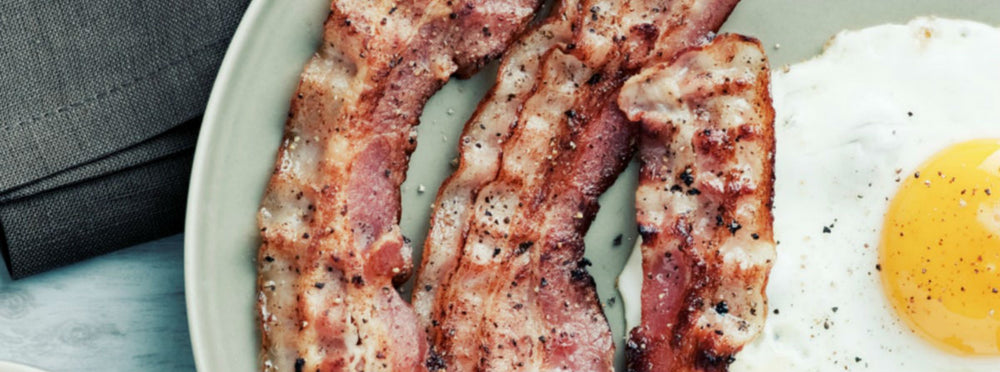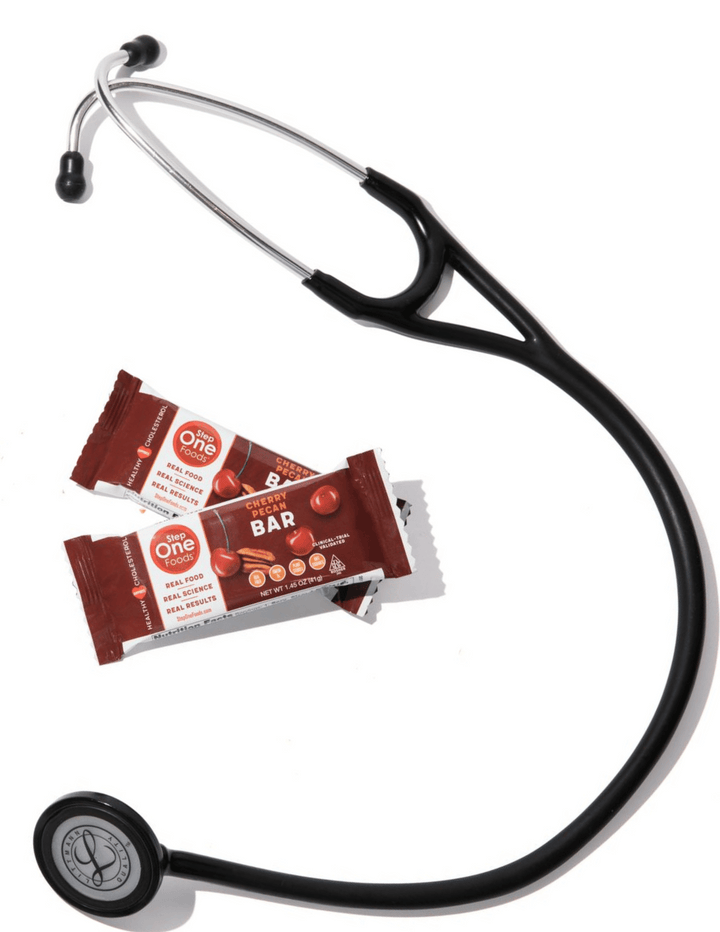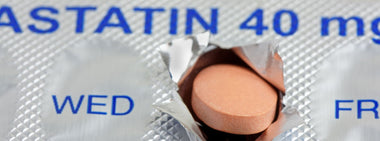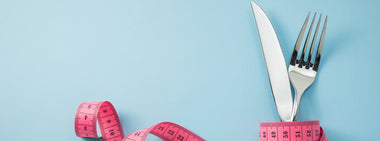Choosing the Best Weight Loss Plan Part 1: Atkins & Paleo

Have you ever noticed that there seem to be as many opinions about what the “best” diet is as there are diets? One day we hear something is good for us, the next day it’s bad. We reel from headline to headline, buying bags of grapefruits one week and bags of cookies the next.
Over the next few weeks we’ll be reviewing some of the more popular diet plans. We’ll share with you what works and doesn’t, and hopefully make you a better consumer of dietary news.
This week we’ll look at 2 related diets: Atkins and Paleo.
The Atkins Diet is based on the idea that, by minimizing your carb intake and maximizing your protein intake, you can lose weight because your body will switch from burning sugars (carbohydrates) for energy to burning fat. And this actually can happen. When insulin levels in our bodies are low, which is what happens if we avoid carbs in our diet, our bodies burn more fat.
So what does the Atkins plan look like? Eat as much protein and fat as you want, as long as you avoid foods high in carbs like pasta, bread, cakes and cookies, and many fruits. Butter, bacon, eggs and porterhouse? No problem. Would you like some extra cheese with that? To be fair, the Atkins diet also encourages eating salads and selected vegetables as part of your daily meal plan.
The Paleo Diet, like Atkins, focuses on high protein consumption especially meat, fish, eggs and nuts, as well as various vegetables and certain fruits, especially berries. This diet’s aim is to bring us back to the eating habits of our ancient ancestors, those hunters and gatherers who roamed the savannah. Crop cultivation has been with us for only the last 10,000 years and Paleo advocates argue that it’s been in the last 10,000 years that we’ve gotten it all wrong.
The good news?
There is no question that these diets can work for weight loss. And they work without having to count calories. Eating a high protein diet curbs appetite and calorie consumption goes down on its own. Having the option of adding select vegetables and fruits helps blunt the monotony that can derail some diet plans. Keeping insulin levels low can lead to improvements in cholesterol levels, though not in everyone. And it’s really easy to eat out and still stick to these diets.
The bad news?
There have been no studies on the long-term health impacts of following these diets. Short term studies show that within a year most people gain their weight back, most likely because they couldn’t stick with the plans.
And let’s not forget what we already know.
You should pick an eating plan that contributes to overall improved health, not just weight loss. Both Atkins and Paleo focus on increasing consumption of animal-based proteins, but multiple studies have shown a direct correlation between animal protein consumption and cancer.

And both emphasize a reduction in carbohydrate consumption. Low carb diets have been shown to impair the ability of our arteries to dilate and function properly. Properly functioning blood vessels are pretty critical to heart health because they can help protect us from strokes and heart attacks.
Other important things to keep in mind?
- There are no studies showing an increased risk of cancer from eating fruits and vegetables.
- Insulin levels can be reduced when we eat whole unprocessed carbs like farro, wheat berries, and oats.
- Fiber is just as filling as protein.
- Protein comes from plants as well as animals.
So here’s our take away: The societies around the world that enjoy healthy longevity follow diets that contain lots of fruits and vegetables – and whole grains. They also eat meat and fish – but in limited amounts. Paleolithic humans might have been fit and lean, but they only lived to 35 years on average.

Tested & Proven Results.
- Cardiologist formulated
- Supported by over 500 publications
- Clinically-proven, in a double-blind randomized trial with Mayo Clinic and The University of Manitoba
80% of participants lowered their cholesterol in just 30 days. With just two servings per day, Step One Foods offers a proven-effective way to naturally lower LDL (bad) cholesterol.
Get heart health tips and articles like this, delivered right to your email.
New articles every week.
You may also like...

The Next Super Food: How Pecans Help Lower Cholesterol

You don’t need to avoid foods with cholesterol…except for these



